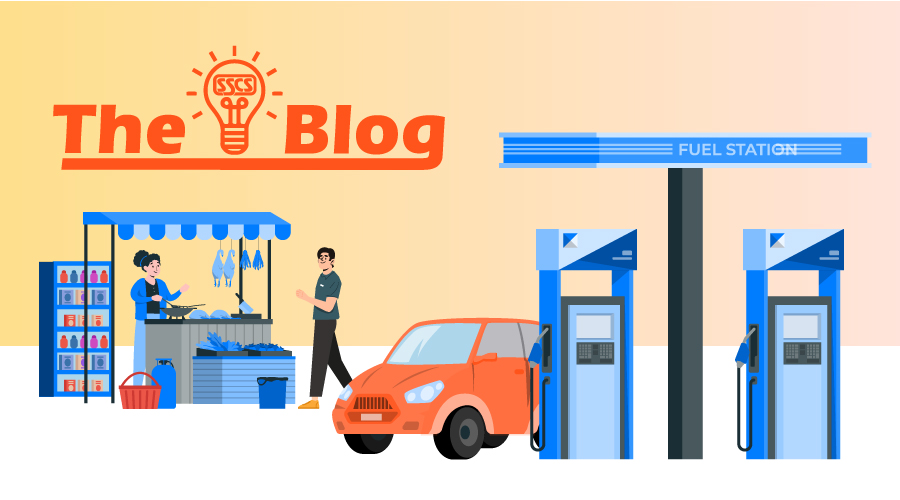
Origin Story
The start of the retail petroleum industry is filled with the familiar and not-so-familiar.
Closing out the calendar year, as we are for 2023, allows for a short period of time where individuals and industries look backward to reflect on where they’ve been, to inform where they’re going. It is in this spirit that we’re using the next two weeks to take a brief look backward at our very own retail petroleum industry—where it came from, and how it moved forward. This is part one.
The longer something lasts, the more varied and interesting its history tends to be. The industry has been around, in some form, for over 150 years. In that time, it has undergone startling reinventions, and they start with a horse. More specifically, a horse and buggy.
The first industry you can trace, really trace, to the retail petroleum industry is the blacksmith trade, more specifically, carriage specialists that took care of horseshoeing, smoothing out carriage rails, and repairing wheels, among other tasks. In other words, it became a transportation support business for an increasingly mobile America.
So when the automobile became the new mode of transportation in the early 20th century, some blacksmiths transitioned from horse-related services to automotive ones. Like some of the transitions the industry would undergo in the future, it was a natural one: blacksmiths had the skillsets to repair and fabricate metal parts. Humble blacksmith shops grew into garages where early motorists could have their vehicles repaired.
That isn’t to say that today’s convenience store industry evolved only from blacksmithing. Filling stations were created as a response to the need for a regular supply of gasoline, a need that did not exist in the age of horse-drawn carriages. So in essence, it was a mix of both evolution and new industries emerging to meet the needs of the burgeoning market of automobiles. When you think about it, a hybrid approach has always been part of the industry’s DNA. It’s one of the characteristics that positions it to adapt and succeed.
If you’re looking for a specific start for the beginning of the gas station, that dates back to the late 19th century, making it concurrent with carriage repair. However, in a sign that the blacksmith trade was yet to unite with petroleum interests, the gas was available at a pharmacy in Wiesloch, Germany, where Bertha Benz (the “Benz” in “Mercedes-Benz) refilled the tank of the first automobile on its maiden trip from Mannheim to Pforzheim in 1888. It’s perhaps the seminal example of industry filling need.
In the United States, however, the first “drive-in” filling station was constructed in 1905 at St. Louis, Missouri. The station, named the Automobile Gasoline Co., sold gasoline from a Shell Oil company. The retail pump in this station eliminated the requirement for customers to transport flammable liquid in cans.
As car ownership quickly swept across the U.S., companies like Gulf and Standard Oil began to refine their station designs in the 1920’s to develop a brand-specific aesthetic, providing customers with reliable, standardized services across multiple locations. Gas stations quickly became a staple of life, lining the landscape of cities, towns, and highways across the globe.
But the industry was far from done. It was about to add a component that would serve them well until the waning years of the 20th century, when yet another paradigm would rise to dominance and transform the industry once again. But we’ll share those events with you next time.
Before we sign off for this week, however, SSCS would like to take the opportunity to wish our customers, industry friends, and everyone else with which we have the pleasure of working, a happy and prosperous new year. See you in 2024!






Leave A Comment